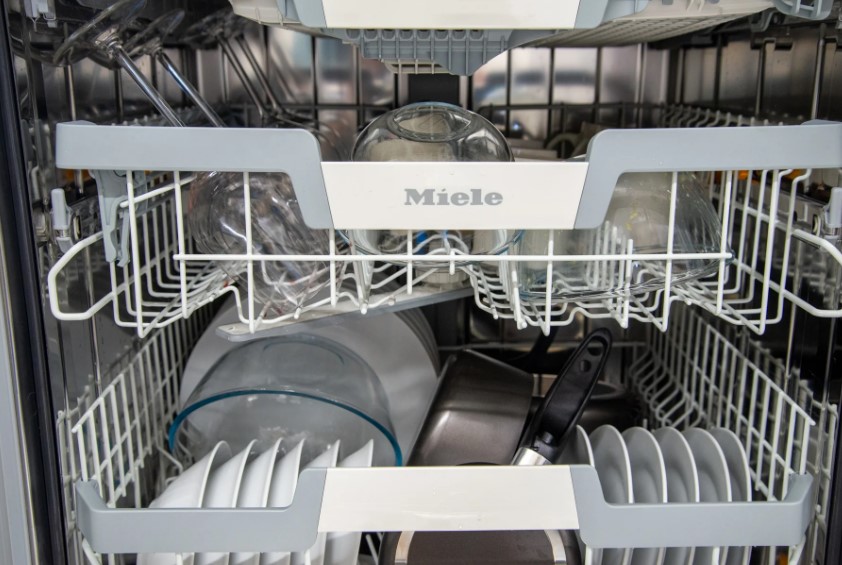Naslov:
Stainless steel, a relatively recent addition to the winemaking world, marked a departure from traditional materials like oak and concrete barrels or tanks. The use of oak and concrete dominated winemaking until the 1950s, at which point stainless steel – inox wine tanks entered the scene. Despite lacking the flavor infusion associated with other materials, stainless steel brought advantages such as preventing wine loss and offering better control over oxygen exposure. Furthermore, it allowed winemakers to employ advanced temperature management technology, enhancing the fermentation process.
Neutral Elegance of Stainless Steel Storage
The lack of flavor influence on wine by stainless steel storage is considered a positive attribute, particularly for light and delicate wine varieties whose natural flavors can be easily overshadowed by oak. Stainless steel aging aims to create a neutral environment, allowing the wine itself to take center stage without incorporating external flavors from oak.

Stainless Steel’s Embrace of Natural Wine Characteristics
Stainless steel has gained popularity, especially with white wines, due to its ability to showcase the inherent bright and crisp flavors originating from the terroir and fruit. Unlike oak aging, which may introduce notes of vanilla, spices, or butteriness, stainless steel preserves the natural characteristics of the wine, making it a preferred choice for winemakers aiming to highlight the pure expression of their grapes.
The Key Distinctions in Wine Aging
The choice of material for wine storage is a crucial decision that hinges on the personal preferences of the winemaker. The major distinction lies in the impact on flavor and tannin structure, with oak contributing additional complexities, while stainless steel remains a neutral container. The decision between the two is often influenced by the winemaker’s desired taste profile, as the spices and structure from oak may be deemed positive for some wines but counterproductive for others seeking a crisp and sharp character.
Time Considerations and Young Wine Palatability
For winemakers prioritizing a shorter aging period and aiming for quick consumption off the shelves, the long-term structure imparted by oak aging may not be a priority. In such cases, the spices from oak could even be considered a drawback to the palatability of young wines, prompting a preference for stainless steel’s neutrality.
Cost-Effectiveness and Alternatives in Wine Aging
Some highlight the economic factor in choosing stainless steel over oak for aging wine. Stainless steel is a more cost-effective option as it requires less time, and the tanks and barrels don’t need annual replacement. Some winemakers opt for stainless steel but still desire a touch of “oaky” flavor, resorting to adding oak chips to the juice. However, some thnk this method imparts only superficial vanilla and spice notes without contributing additional structural elements to the wine.










